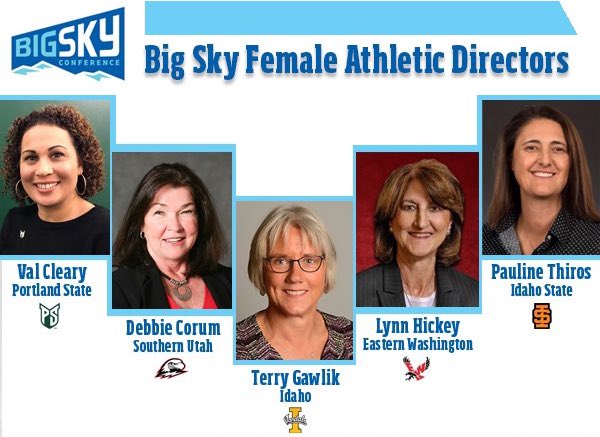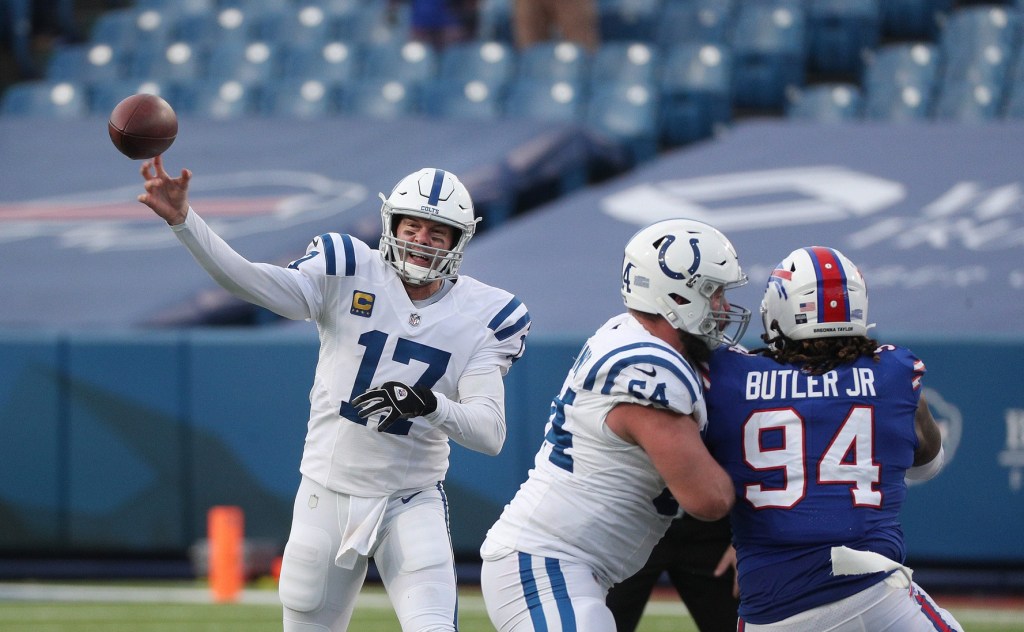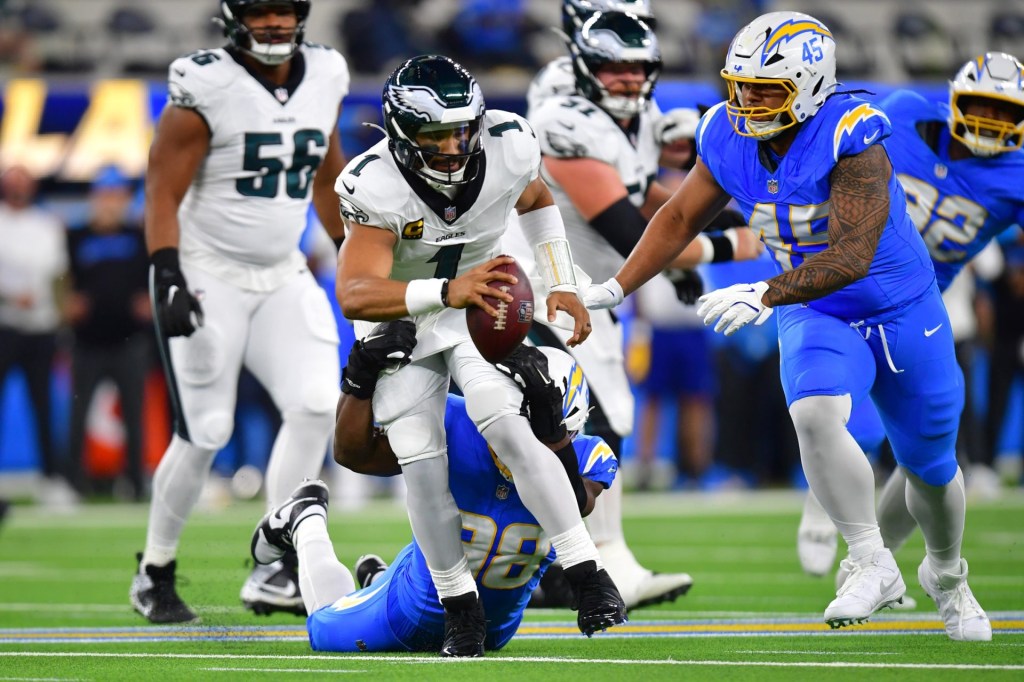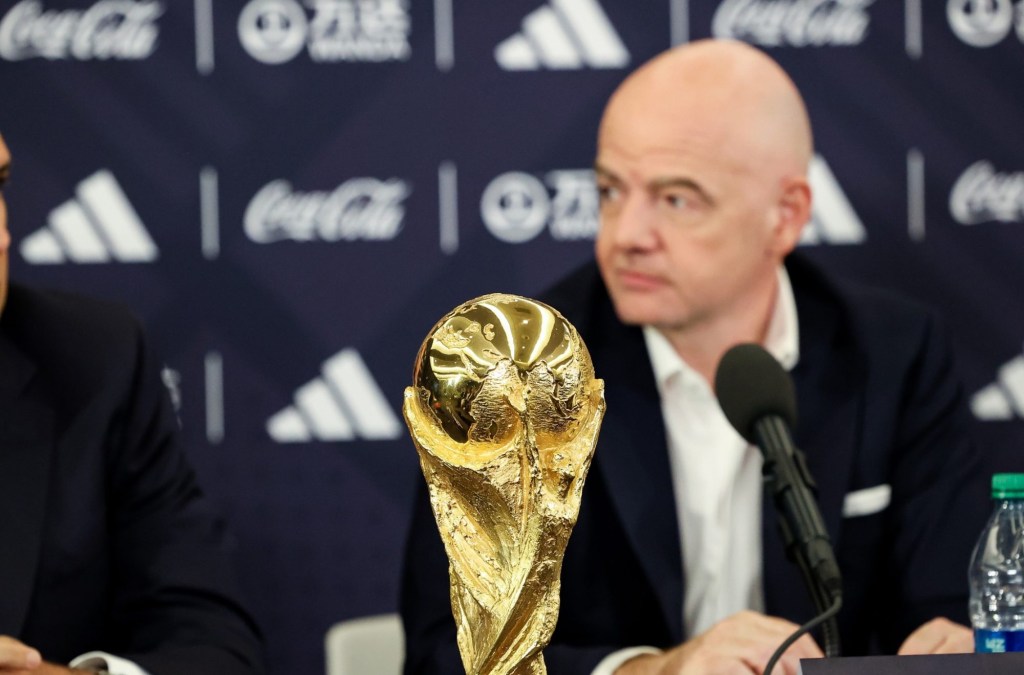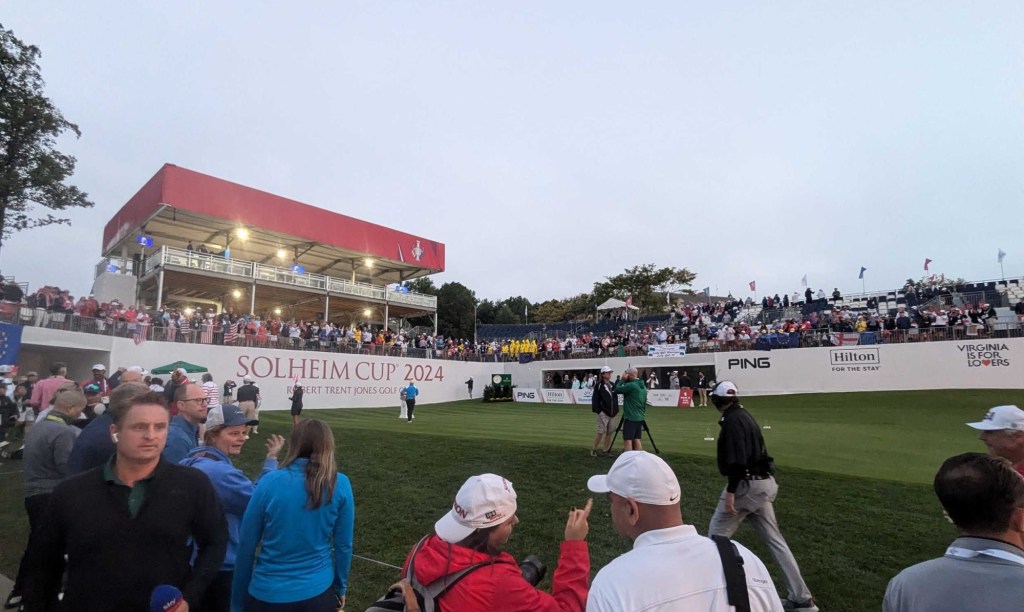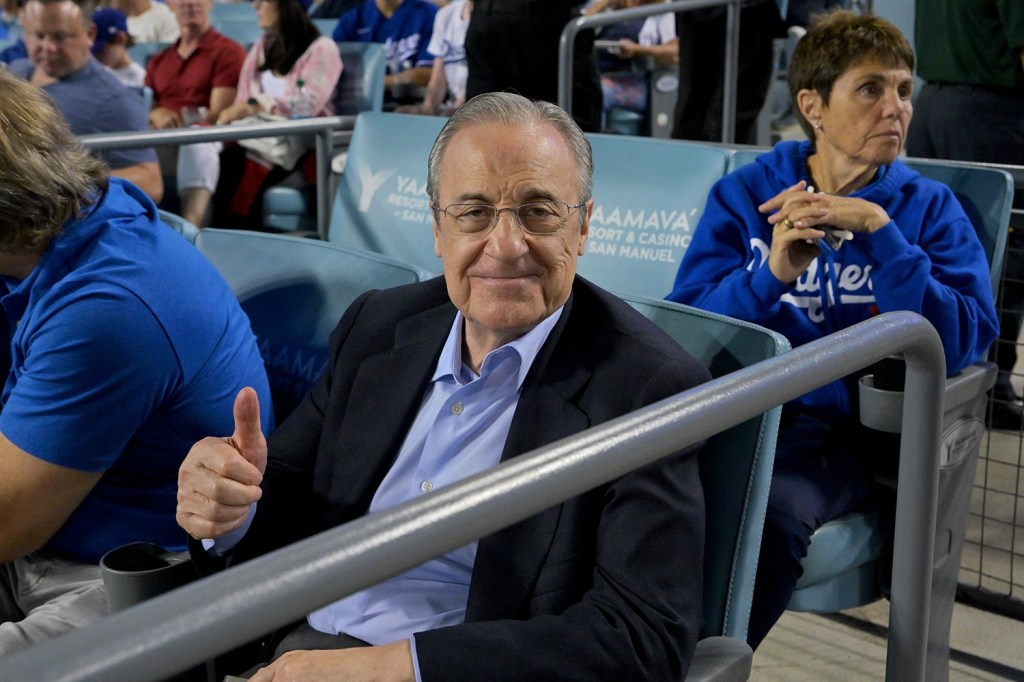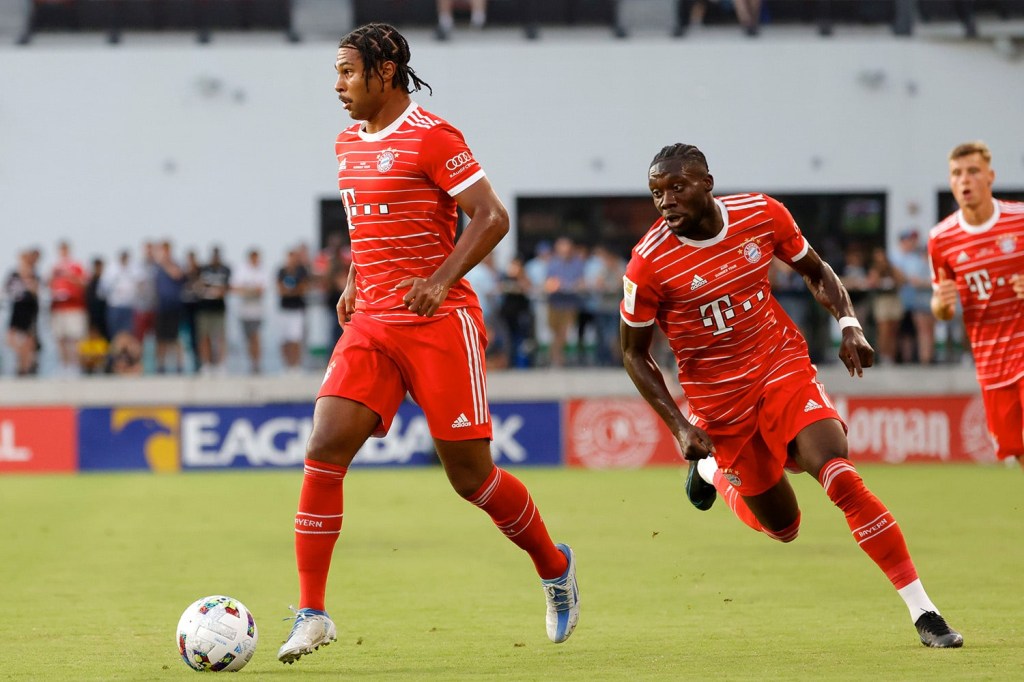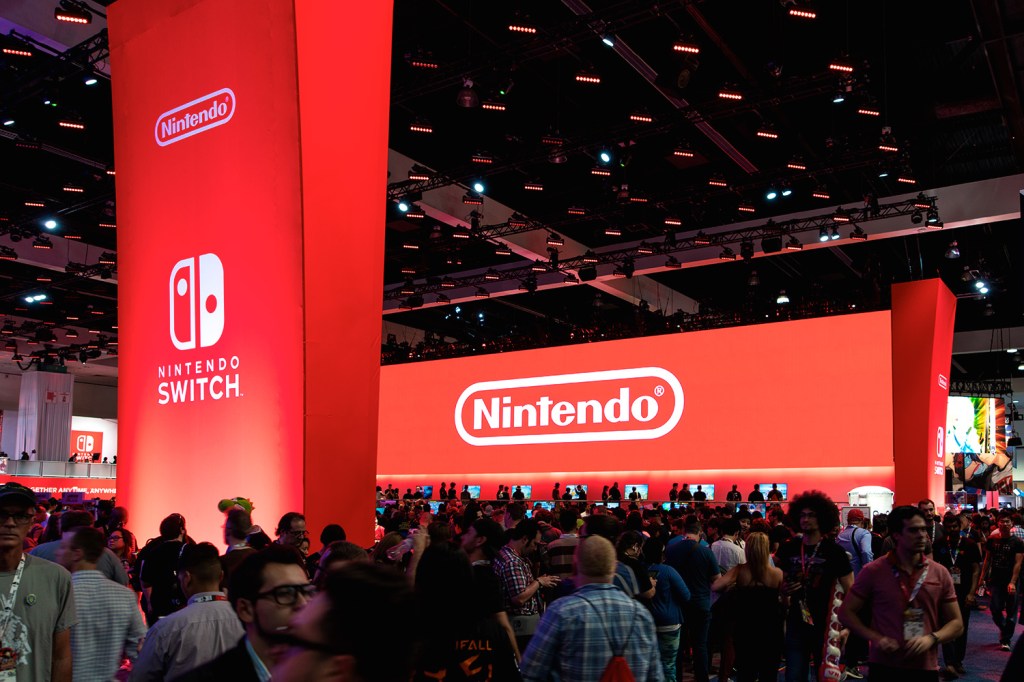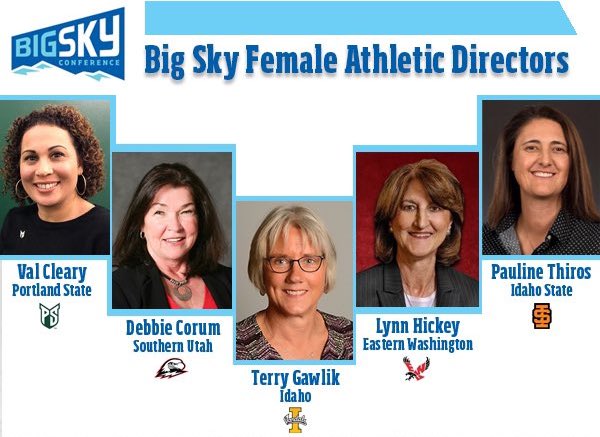
As the Big Sky Conference hits the 2019-20 season, there are now five female athletic directors in the conference – the highest number of any NCAA conference. FOS asked each athletic director where the most progress has been made while working as a woman in sports and what barriers or hurdles still exist.
Debbie Corum, Southern Utah University director of athletics
During your career, what’s changed the most as a woman working in sports?
The opportunities. That’s really been, the last year and a half, unprecedented for females in leadership positions. I go far enough back that I was pre-Title IX in college and we didn’t have an opportunity to be varsity athletes. Then we had an opportunity to play.
I’ve said this all along, the next step was to give us an opportunity to lead. To me, those two: one the opportunity to play and now the opportunity to lead.
What’s the biggest hurdle that remains for women in sports?
Continuing along those lines where we are. A male can have an issue at one school and, “He’s not a good fit.” They get hired almost immediately at another school. We as females feel if we mess up, to try to get that next job would be difficult.
The hurdle would be for women, if it’s not a good fit one place, feeling like we’d have a fair opportunity at the next.
Lynn Hickey, Eastern Washington University director of athletics
During your career, what’s changed the most as a woman working in sports?
A part of my career at Texas A&M, women had only been on campus as students for 10 years. I’ve typically been the only female in the room. That’s what has changed. Now when you go to the NCAA office and look at committee setups, they make sure there’s diversity on the boards. You’re not the only female in the room. The number of women that get to sit at the table has gone up.
There is still some hesitation. I’ve never felt in my role that there was anyone that didn’t want me to succeed. It’s just been a second thought, like, “Oh yea, Lynn is here.” It wasn’t an automatic process where they remember I was in the room and could do the job. That has changed.
What’s the biggest barrier still in the way for women?
The barrier to still break down as we move forward is at more high-profile schools, that next level of FBS schools. Those doors continue to be opened and women have the opportunity to fill those roles, but it’s not where it needs to be.
Historically, I’m old enough to be at the beginning but young enough to remember progress has been made. The recognition is there that it’s greatly dependent one leadership making the decision with their brains and the hearts are open to take the time and effort to work at opening the doors.
Pauline Thiros, Idaho State University director of athletics
During your career, what’s changed the most as a woman working in sports?
A lot of it is happening right now, a lot more discussion about why women make good leaders at the collegiate level. Since the advent of Title IX, there was an infusion of some money and as women’s coaching positions became good salary positions, they went to men. There’s been a dramatic shift, but there are still more men coaching women and I think when women as a student-athlete see predominantly male leadership, that sends a message.
As an AD, when you’re hiring coaches, a majority of applicants are men, so it takes a concerted effort to find women to fill those roles. There’s a renewed commitment to that in recent years. People are looking harder for inclusion and showing women in sports.
What’s the biggest hurdle remaining for women in sports?
That hurdle of history. The people who feed our pipelines are predominantly student-athletes and they’ve only seen men in leadership positions. You can’t aspire if you don’t know it exists. As we get more women in leadership roles, we’ll continue to build an institutional understanding of what is wanted in a leader and show that those values, qualities, and style are more important than looking for a man or a woman.
When hires are made in this nature, where you match a person to those qualifications, that way vs. hiring from a circle of people, will drive more equity in hiring.
I think that’s what’s beginning to happen.
Valerie Cleary, Portland State University director of athletics
During your career, what’s changed the most as a woman in sports?
A lot of it is just the culture. It’s taken time, but people have realized women can oversee everything, even football. Half of the student-athletes on a campus are female, it’s not an outlier. It’s been an anomaly, but over time we shift the narrative as people like me can set the bar. It can be as simple as what the hell do you wear? It sounds silly, but a male can wear a polo, slacks and tennis shoes, but if I do that I look like a trainer. I need to make sure the football team is dressed before I walk into the locker room. It shifts how we operate in little ways, but it changes over time.
What’s the biggest hurdle as a woman in sports that still needs to be cleared?
For me, I hear the most questions about time demands. That’s the most important hurdle we need to address, not just with women in sports, but men too. We should stress a healthy work-life balance. You define your own normal. For us as leaders, we need to help young professionals understand the work-life balance and know that life isn’t all about work and it’s doable.
READ MORE: Has Sports’ Social Media Snark Gone Too Far?
Terry Gawlik, University of Idaho director of athletics
During your career, what’s changed the most as a woman working in sports?
Nationally, people have recognized women can come in and do these jobs. The door is open now and now as more women participate in sports and learn that you can be a member of the administration and not just a coach – there are women in all aspects of the department now – that opportunity is there.
What’s the biggest barrier that remains for women in sports?
I wouldn’t say it’s barriers, but women get hired and see the transformation, but there’s still, not to my knowledge, many women out there coaching men. I’m not saying they have to, but that’s a level that still hasn’t been cracked.
And women have different personalities, there’s a difference in coaching women and coaching men. Women don’t like to sit on the bench, they want to compete and be leaders, but they want their friends to succeed too.
I don’t think it’s barriers, but challenges and stigmas, but slowly those are going away.
